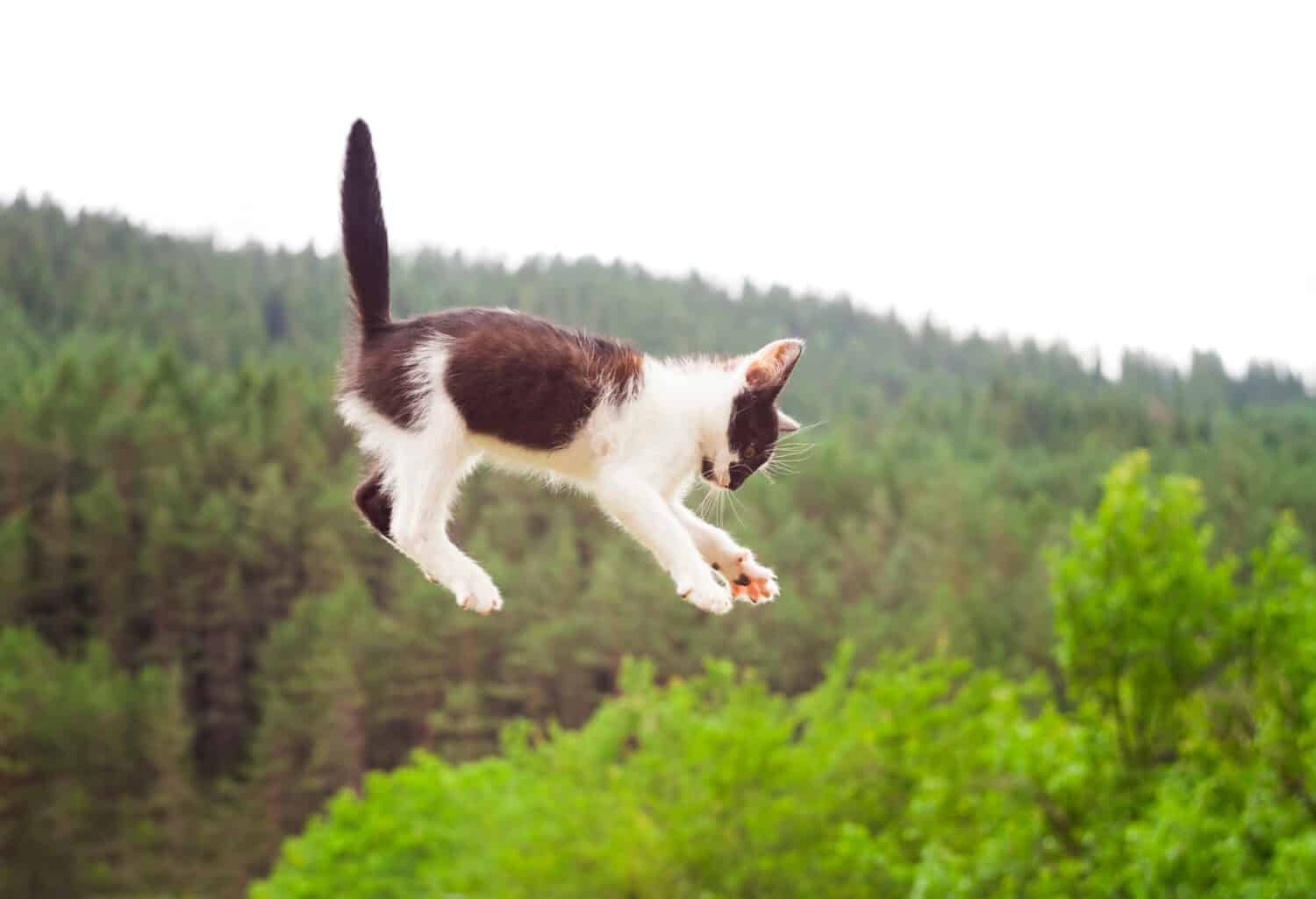Do you know everything there is to know about cats? I know I don’t, and I’ve owned cats from the time I was born.
According to the American Veterinary Medical Association, 37 million U.S. households own at least one cat. As between 60.2 and 61.9 million cats live in U.S. homes, it’s common for households to have multiple cats. I’ve had several myself over the years, and have gained a lot of insight into their habits, but I don’t know everything.
My first cat was a Siamese whose litter was born the same day I was. We grew up together, and he survived to our 20th birthday. It’s that relationship that has always made me a cat person. I dove in and started looking for facts that I didn’t know or never understood why it mattered. These cat facts cover everything from cat health to their habits.
To compile this list of 20 facts you never knew about cats, I’ve gone to professional cat associations, veterinary guides, veterinarians, and vet schools to gain insight. I’ve also used my personal knowledge gained with the experience of taking care of cats my whole life as well as after reading sections of the “Merck Veterinary Manual” over the years. There’s a lot more to cats than you might think.
The following facts are in no particular order. (For more about cats, click here to read about the most expensive cat breeds in existence.)
Cats Don’t Always Land on Their Feet
It’s a mistaken belief that cats always land on their feet. The ability to land on their feet depends on how far they’re falling. The shorter the fall, the harder it is for the cat to position itself for a feet-first landing.
An Ashera Costs as Much as a Luxury Car
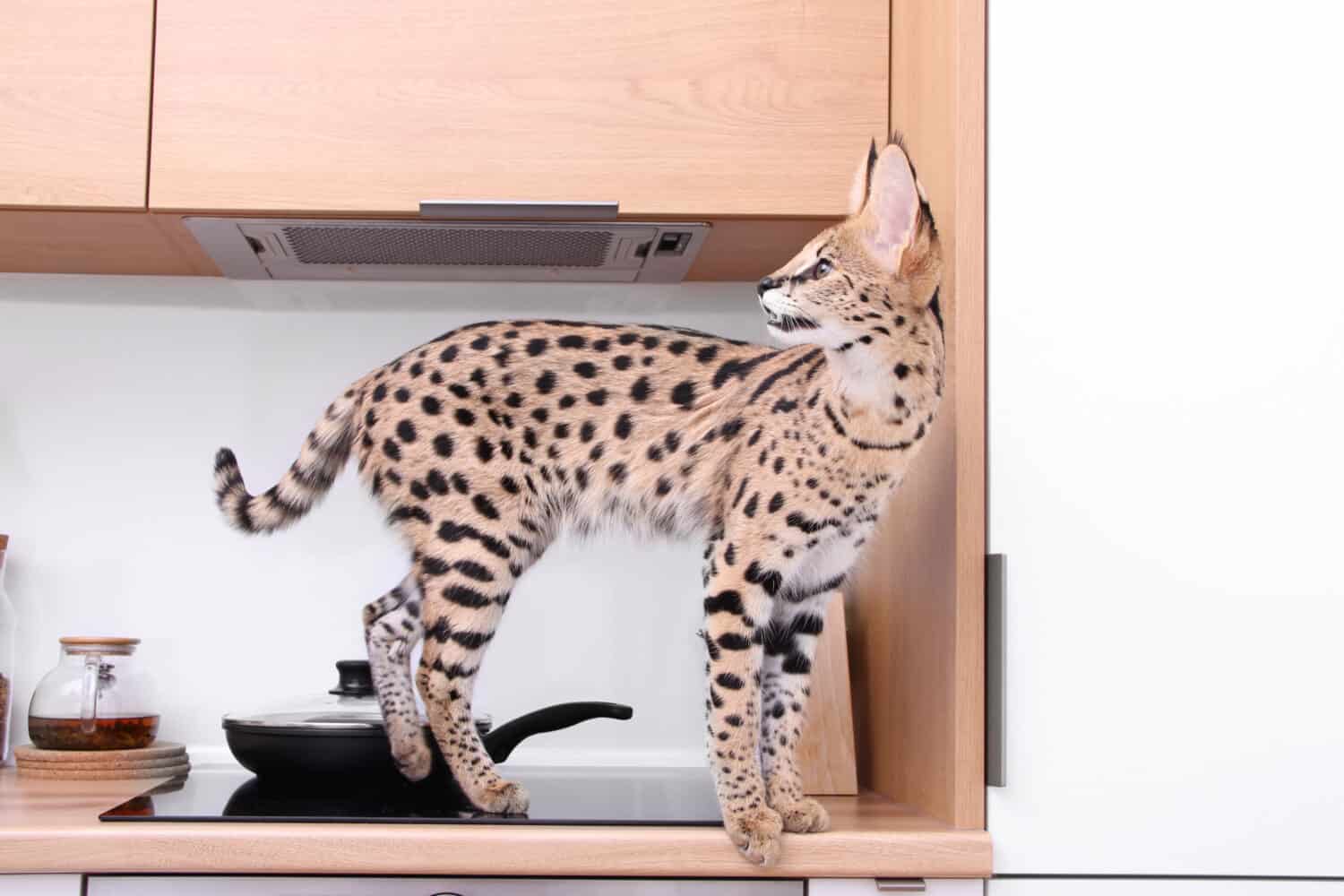
Ashera cats are a mix of Asian leopards, African servals, and domestic cats. It’s the most expensive cat in the world with a price tag of up to $125,000.
Cats Rely on Taurine for Health

Humans and other animals produce taurine naturally, but a cat does not. A cat’s diet requires taurine for digestion, heart health, immune system function, and vision. In nature, they get taurine through prey like mice and fish. A meat or seafood-based diet is essential for a cat’s health.
Domesticated Cats Originated in Ancient Egypt

It’s believed the first domestic cats originated in Egypt between 1600 and 1500 BC. Scientific research shared by the Library of Congress links domesticated cats to Felis silvestris lybica, a wildcat found in North Africa and Southwest Asia.
Dozens of Breeds Exist
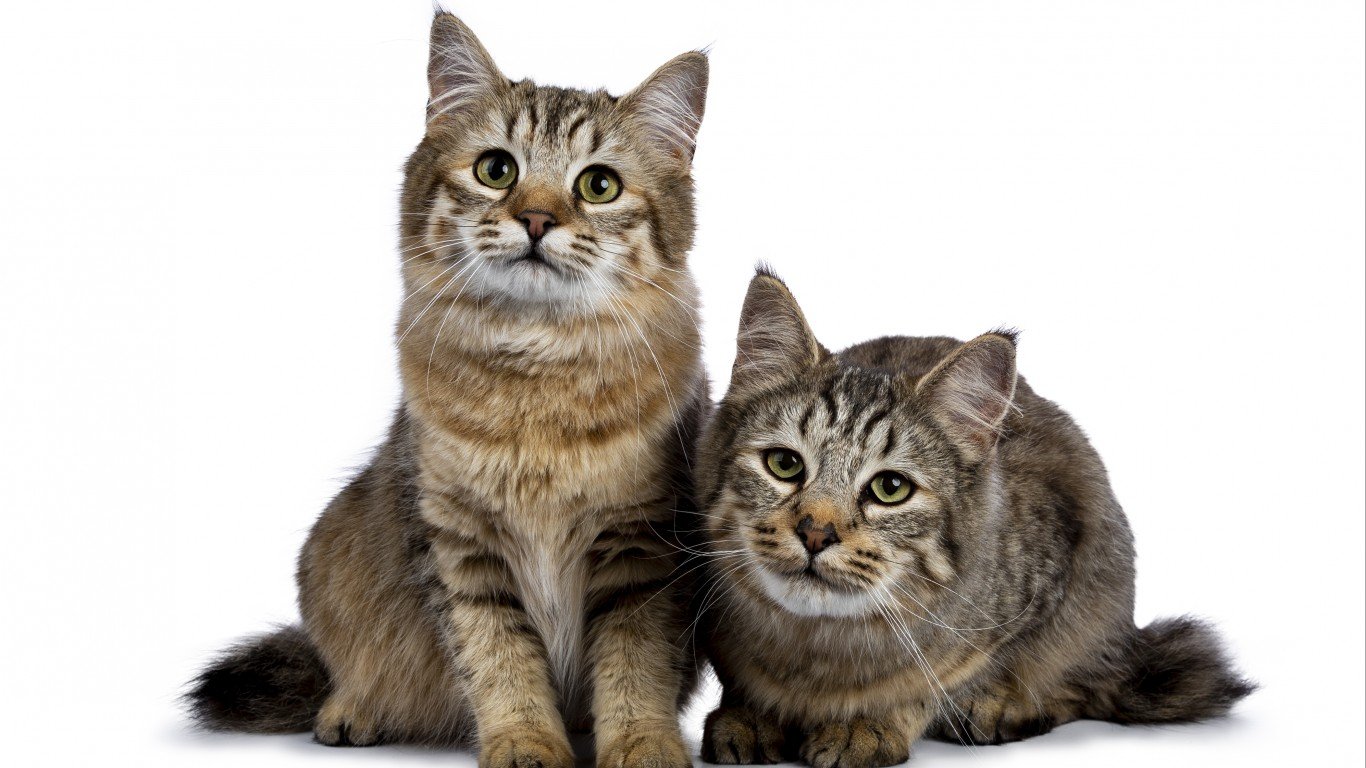
According to The International Cat Association, 73 breeds of cats are recognized in professional competitions. However, new breeds may be added as they’re developed. The Selkirk rex, aka the poodle cat, was added to the list in 2013.
Cats Have 230 Bones
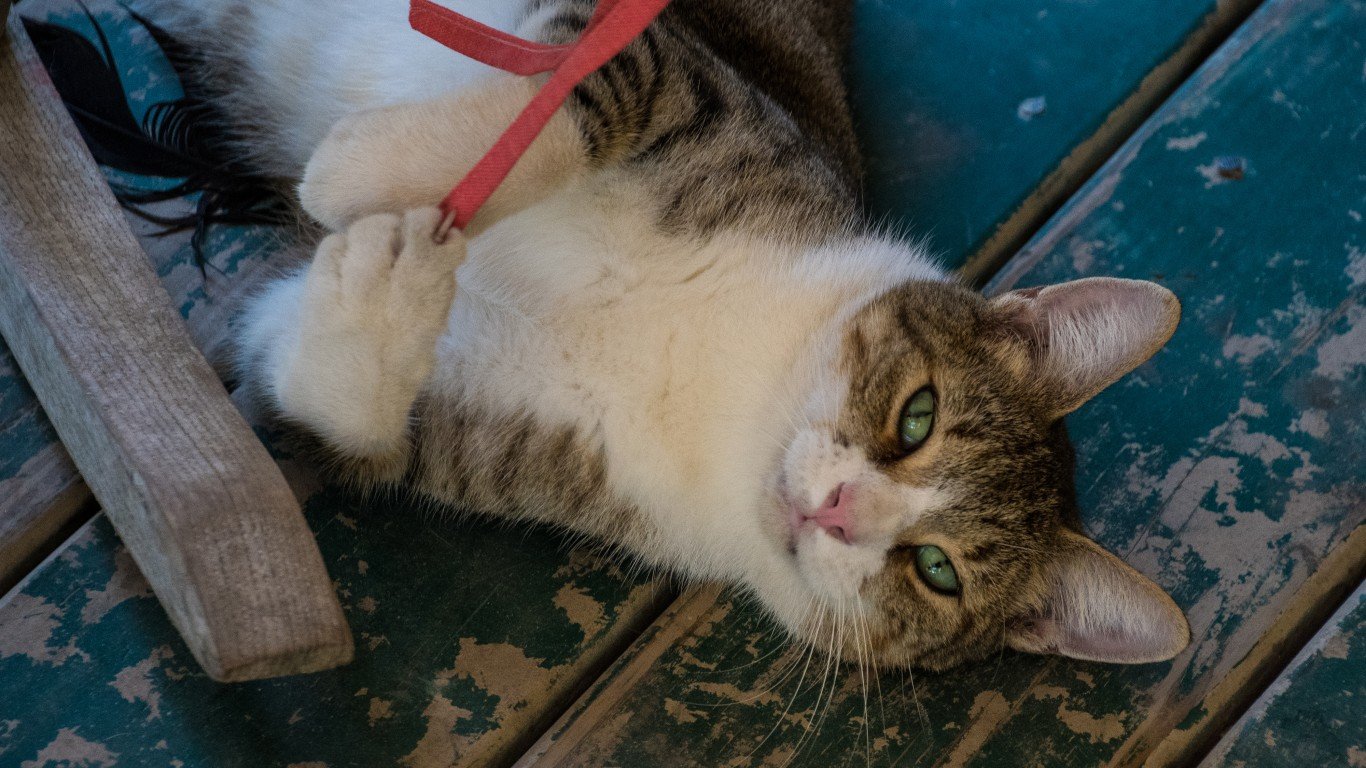
Larger humans have 206 bones, but cats have an additional 24 bones. These bones are in the spine, which helps with flexibility.
Cats Walk Like Camels
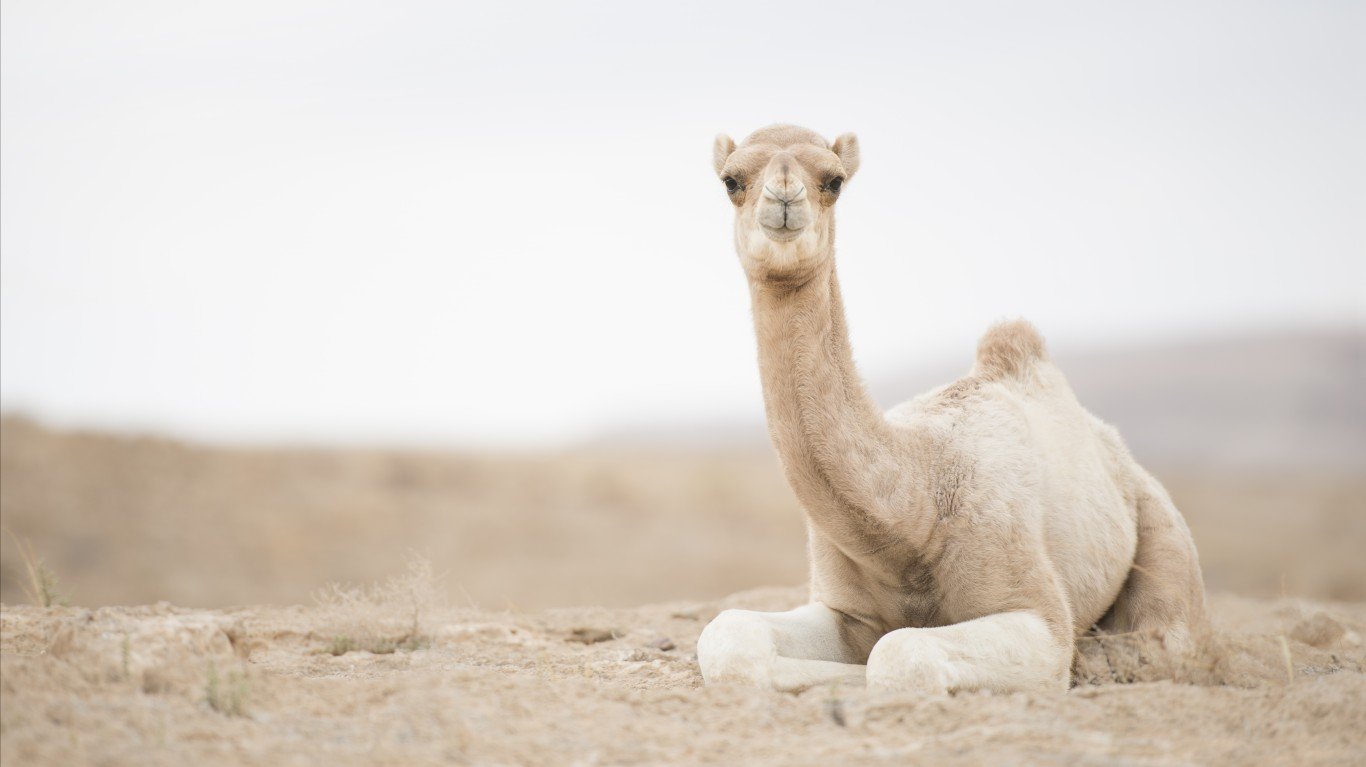
When a cat walks, it moves its right feet first. The left feet follow the right.
Cats Have Four Types of Hair
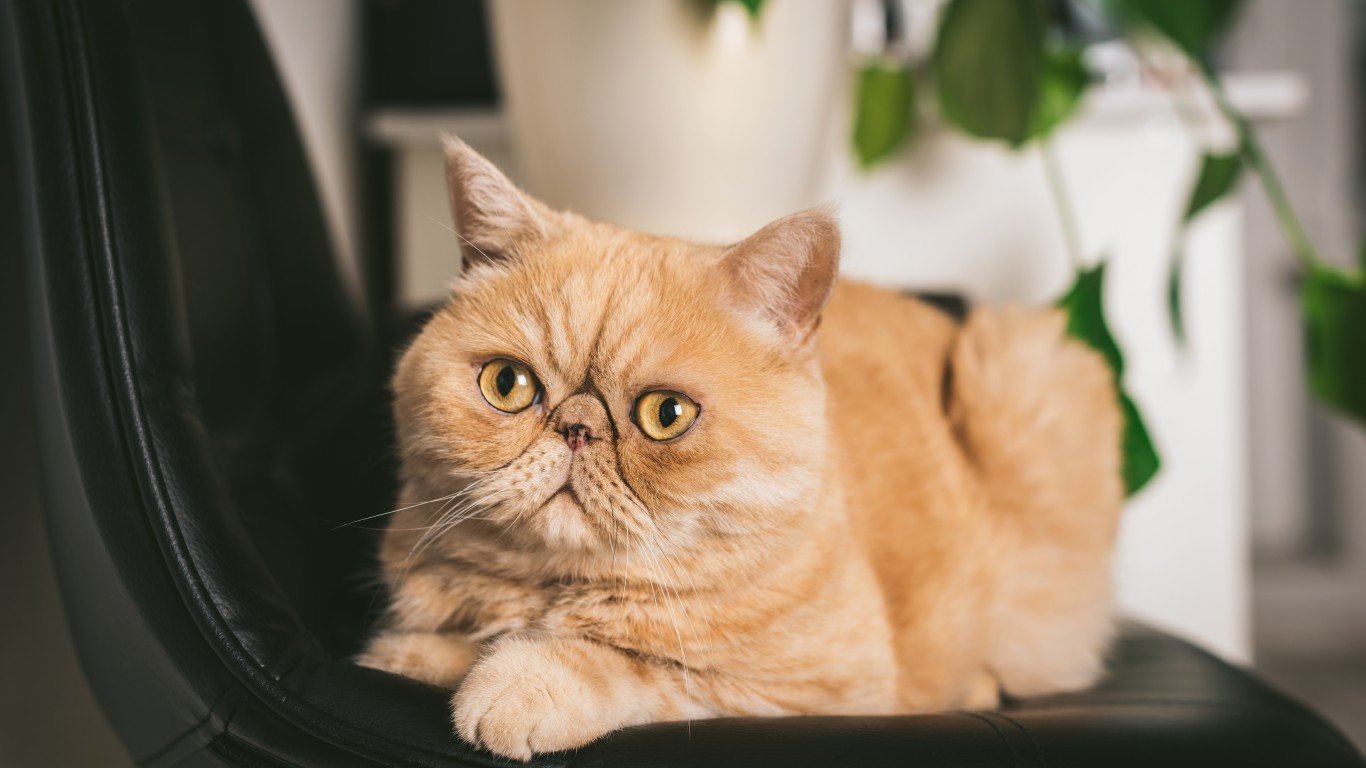
A cat’s whiskers are one of the four types of hairs found on a cat. Awn hairs are thin and provide insulation. Thick, coarse, and pointed guard hairs help with the sense of touch and provide insulation. Secondary hairs are the thinnest and highest in number, which provides the downy undercoat used for temperature regulation.
A Cat’s Whiskers Help Them “Feel” Around Them

A cat’s whiskers are as wide as its body. This helps them navigate the width of a space before entering.
Outdoor Cats Contribute to Species’ Extinctions
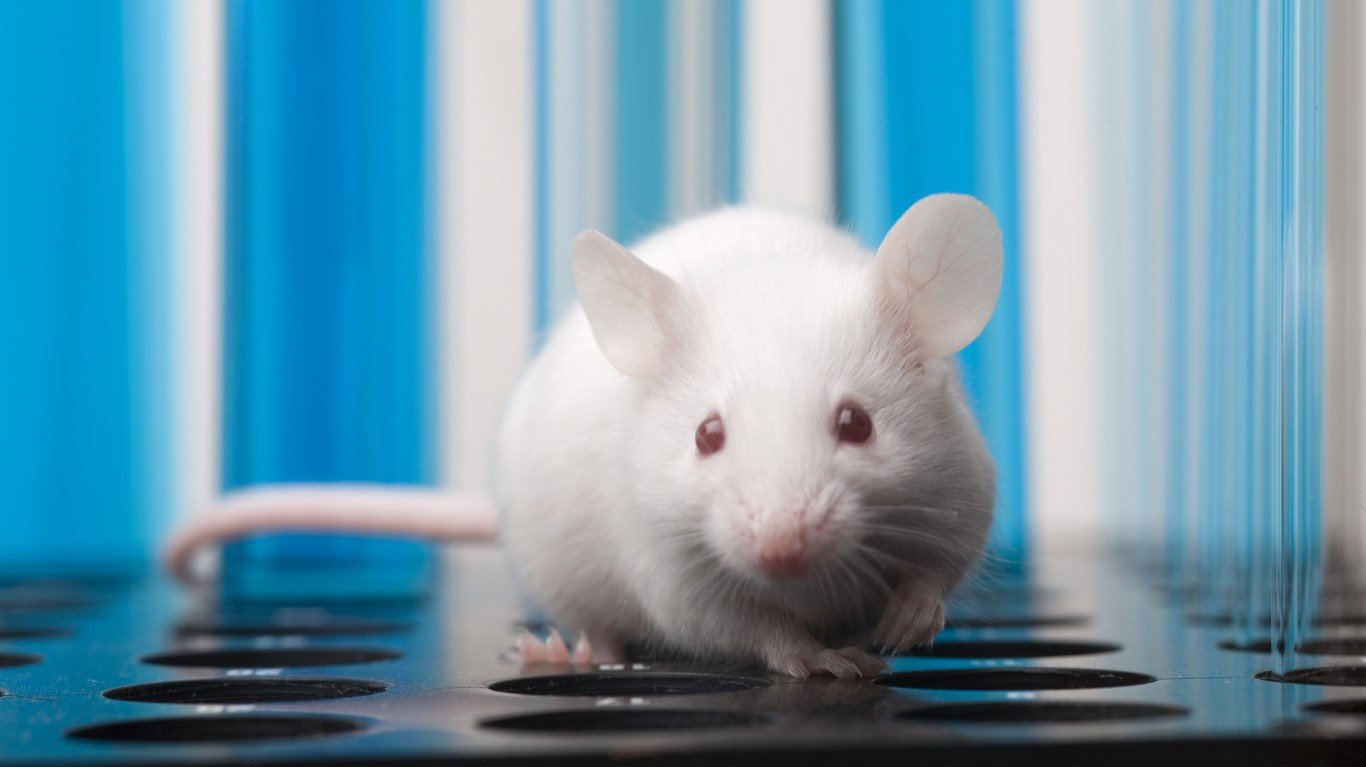
Outdoor cats kill over 2.4 billion birds each year. Cats are tied to the extinction of 10 reptiles, 45 mammals, and 87 bird species, as of 2016 findings by the Centre for Integrative Ecology.
Cats Have 18 Toes
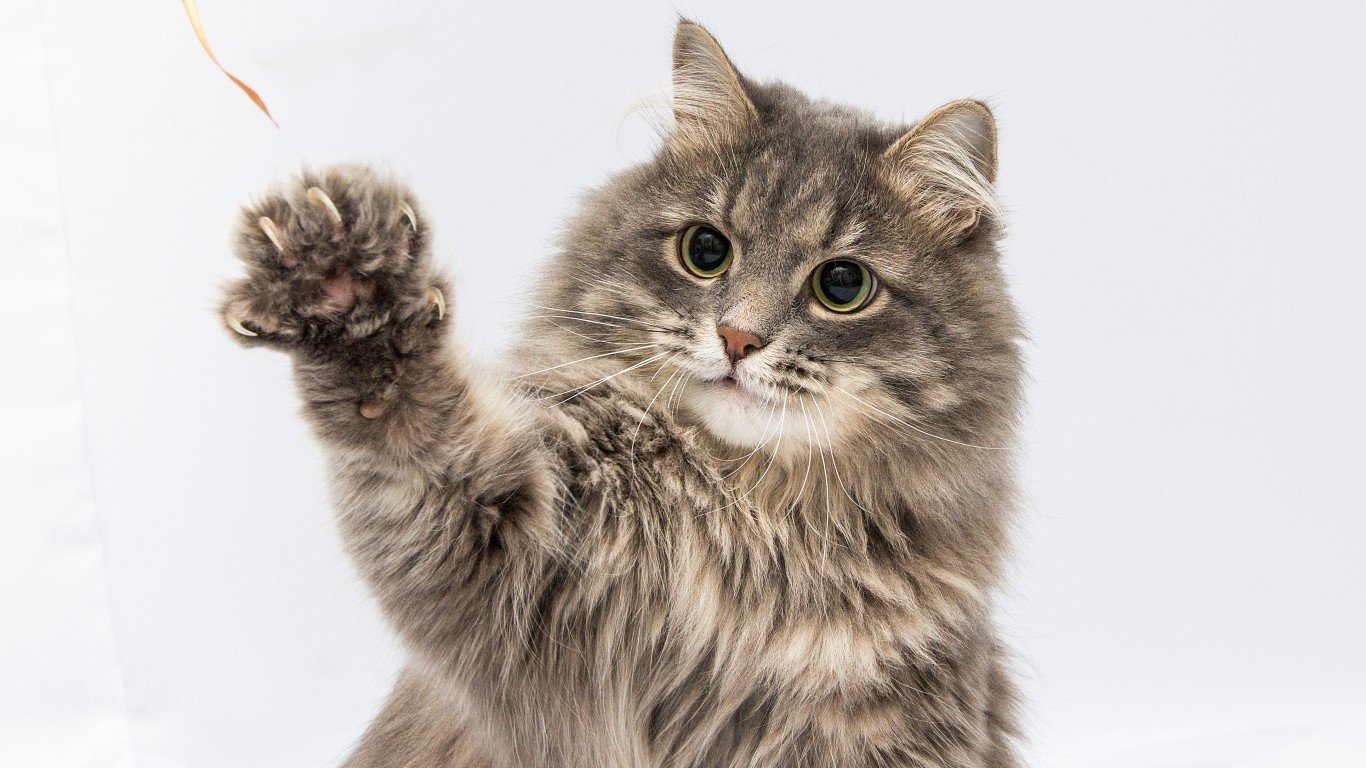
Most cats have 18 toes. There are five toes on the two front paws and four toes on each of the back paws. A polydactyl cat has extra toes. Author Ernest Hemingway was well-known for keeping polydactyl cats at his Key West home.
Cats Have a Third Eyelid
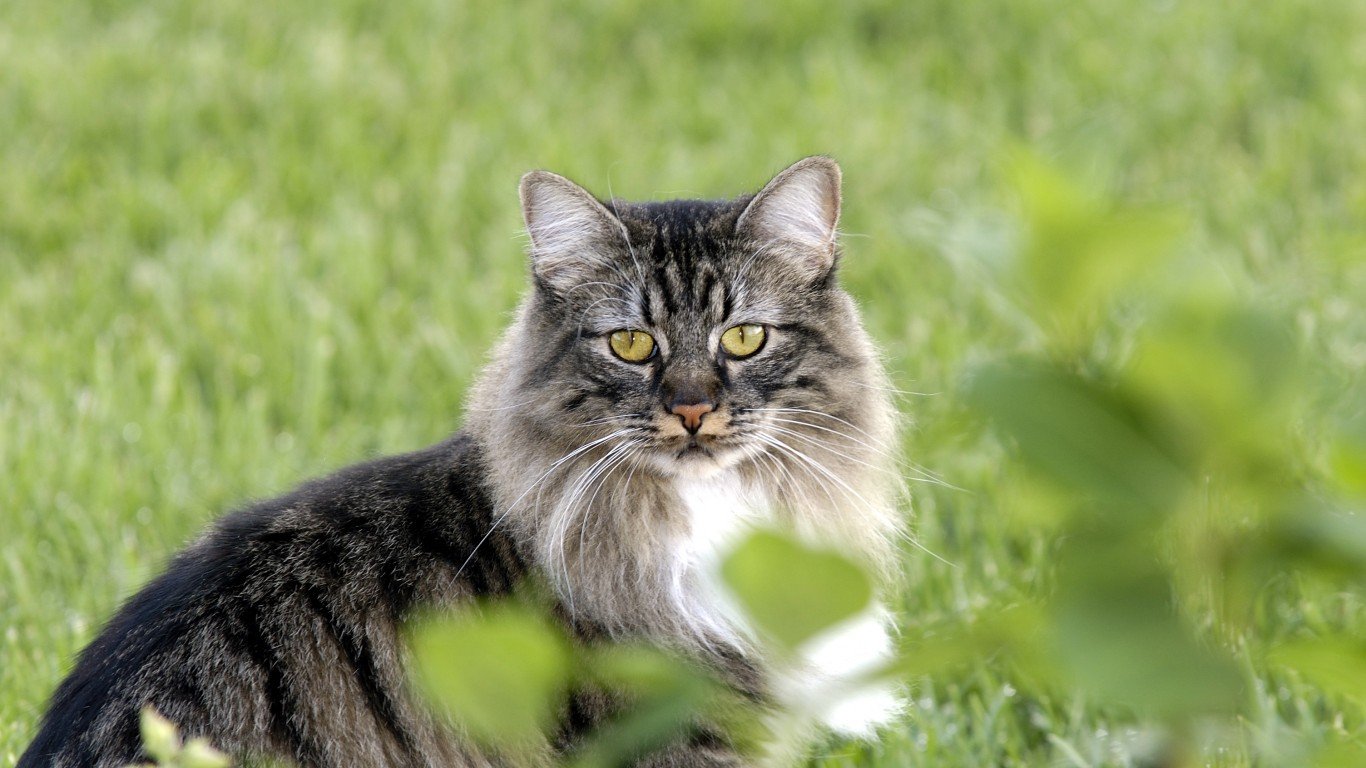
Cats have eyelids like humans, but they also have a nictitating membrane or third eyelid that protects the eyeball from scratches.
Siamese Are Susceptible to Open-Angle Glaucoma
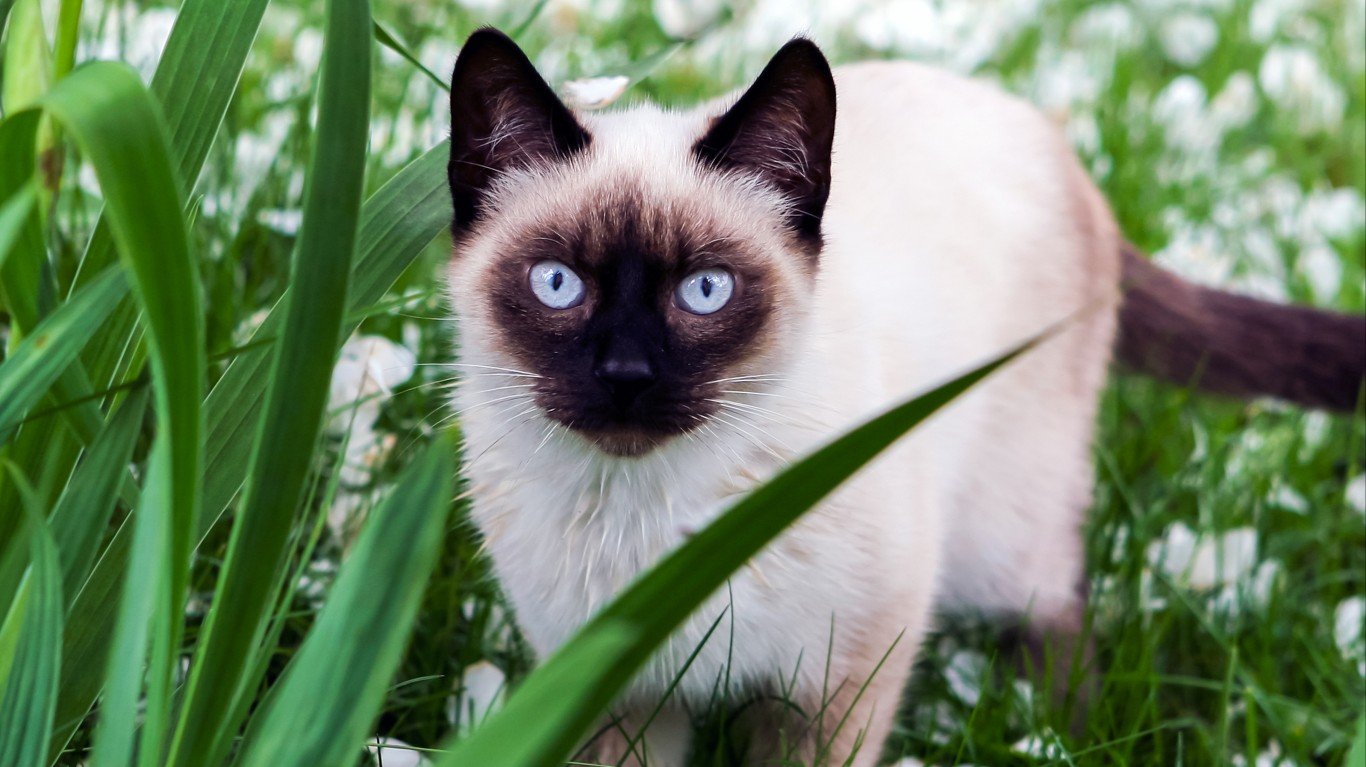
Open-angle glaucoma occurs when the pressure of fluid within the eye increases too much. Any cat can develop glaucoma, but Siamese are more susceptible.
Gum Disease Is the Most Common Disease in Cats

The Royal Veterinary College at the University of London reports that gum disease affects 15.2% of cats. Obesity comes in second at 11.5%.
A Cat Served as an Alaskan Mayor

From 1997 to 2017, Stubbs, a Manx mix, was the honorary town mayor. Townspeople would stop by regularly to visit him.
White Cats Are Prone to Deafness

Cornell University found that a white cat has a 22% chance of being deaf, but that increases to 40% if the cat also has one blue eye. If both eyes are blue, the odds of deafness increase to as high as 85%.
A Cat’s Routine Is Mostly Grooming and Sleeping
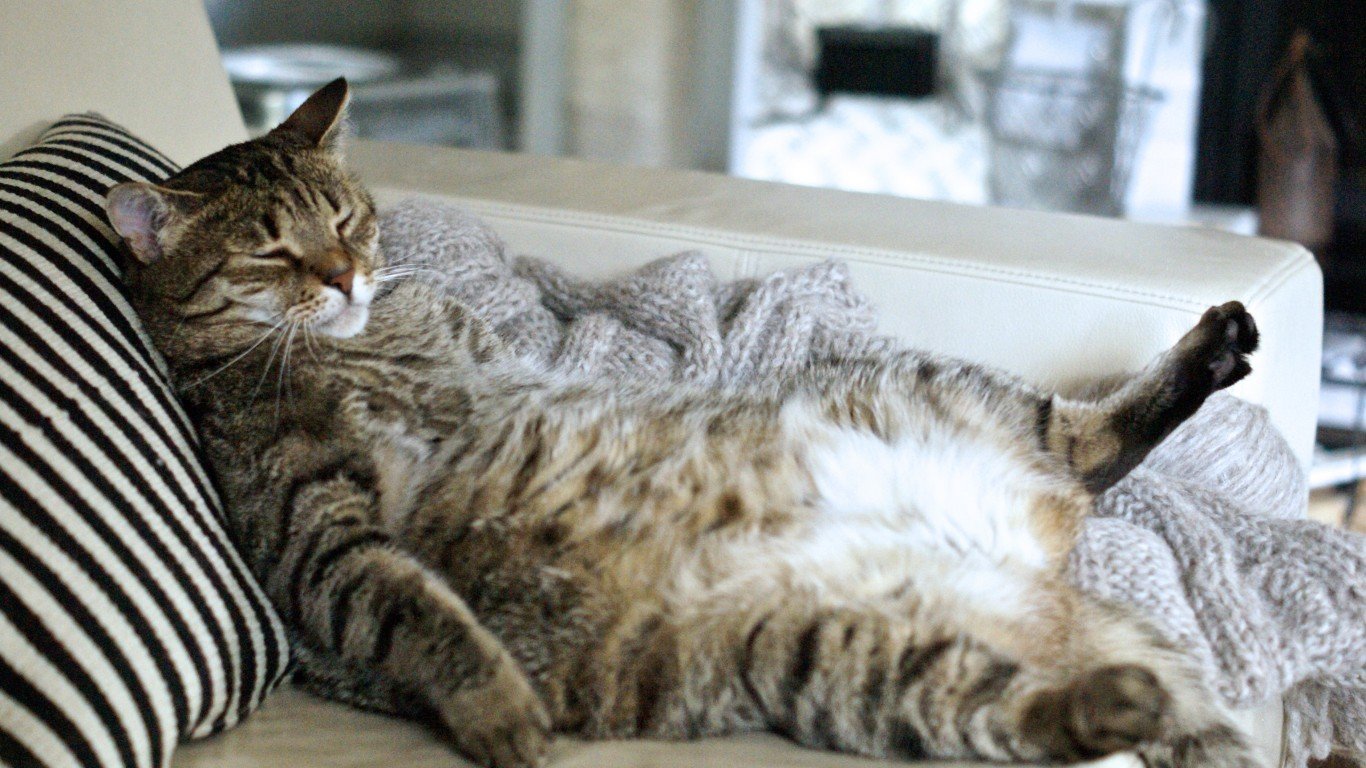
Cornell University’s Dr. Pamela Perry reports cats spend as much as 50% of their waking hours grooming. They sleep an average of 15 hours per day.
The Oldest Verified Cat Is 28

Guinness World Records named Flossie, a tortoiseshell cat, as the oldest verified cat in the world. Flossie was born on December 28, 1995. It’s far above the average, as Merck Veterinary Manual reports most cats live 12 to 20 years.
Spaying and Neutering Your Cat Can Increase Its Lifespan
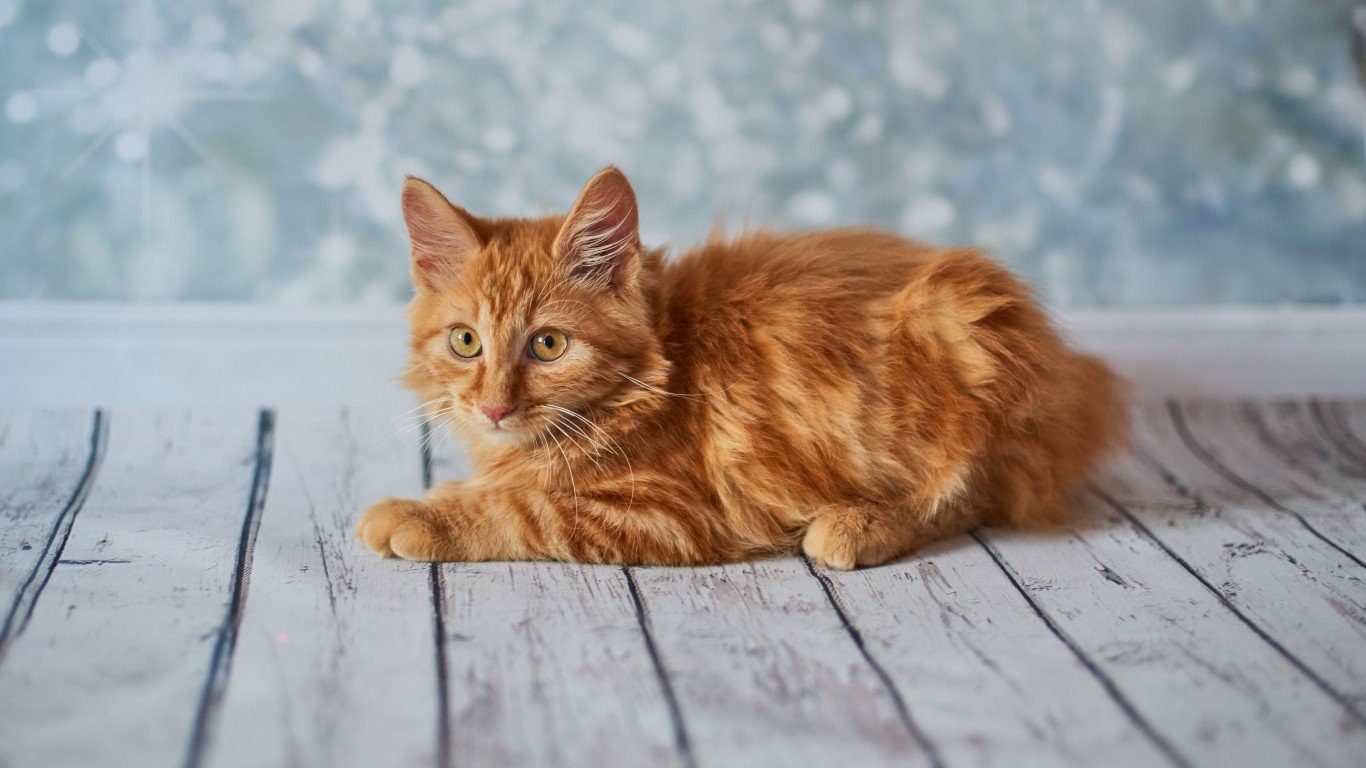
Spaying and neutering cats protects against deadly diseases like mammary gland cancer, benign prostatic hyperplasia, and pyometra, a severe uterine infection.
Yearly Vet Bills Average $253 Each Year

The AVMA reports that cat owners pay an average of $253 per year for exams blood tests, medications, and vaccinations. Before adopting or taking in a cat, consider the cost of pet ownership. That includes vet care, food, toys, and grooming. Are you interested in learning more household pet and cat facts? Read about pets and animals from every state.
Sponsored: Tips for Investing
A financial advisor can help you understand the advantages and disadvantages of investment properties. Finding a qualified financial advisor doesn’t have to be hard. SmartAsset’s free tool matches you with up to three financial advisors who serve your area, and you can interview your advisor matches at no cost to decide which one is right for you. If you’re ready to find an advisor who can help you achieve your financial goals, get started now.
Investing in real estate can diversify your portfolio. But expanding your horizons may add additional costs. If you’re an investor looking to minimize expenses, consider checking out online brokerages. They often offer low investment fees, helping you maximize your profit.

